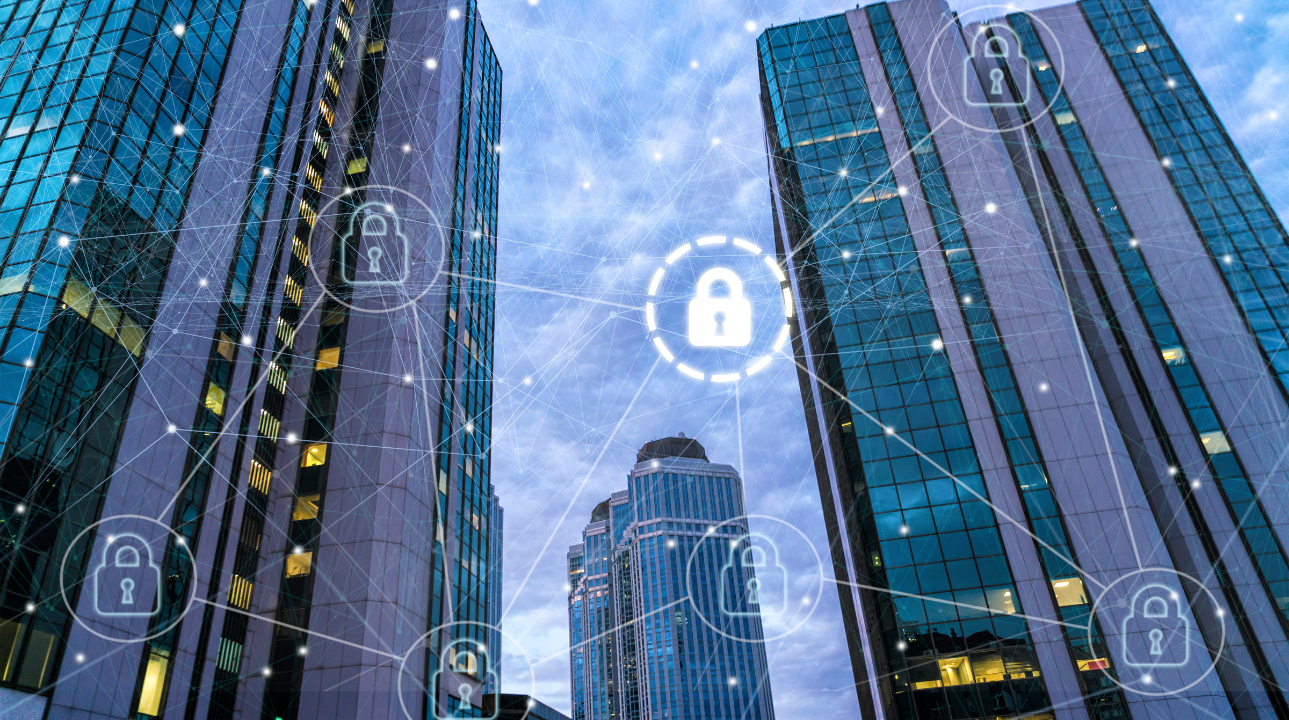What are the benefits of External Vulnerability Infrastructure Assessments?
Enterprise attack surfaces are expanding faster than most teams can track. Internet-facing services spin up across hybrid cloud, legacy systems linger for business reasons, and third-party integrations widen exposure. Meanwhile, boards and regulators want clearer proof that risk is understood and controlled, across frameworks such as ISO 27001, PCI DSS, DORA and NIS2. Add stretched teams, patch backlogs and alert fatigue, and it is easy to miss weaknesses on the perimeter where attackers most often start. An External Vulnerability Infrastructure Assessment tackles that visibility gap by focusing on the systems adversaries can see first.















